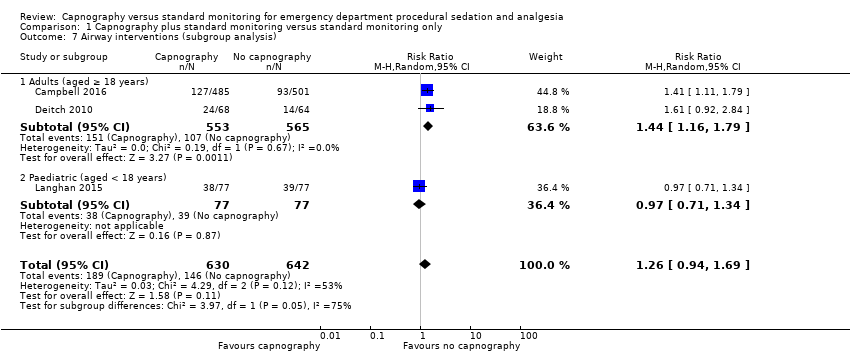Contenido relacionado
Revisiones y protocolos relacionados
Jasmin Arrich, Michael Holzer, Christof Havel, Alexandra‐Maria Warenits, Harald Herkner | 15 marzo 2016
Abel Wakai, Carol Blackburn, Aileen McCabe, Emilia Reece, Ger O'Connor, John Glasheen, Paul Staunton, John Cronin, Christopher Sampson, Siobhan C McCoy, Ronan O'Sullivan, Fergal Cummins | 29 julio 2015
Jeremy S Furyk, Robert A Meek, Diana Egerton‐Warburton | 28 septiembre 2015
Xiaoli Ge, Rodrigo Cavallazzi, Chunbo Li, Shu Ming Pan, Ying‐Wei Wang, Fei‐Long Wang | 14 marzo 2012
Sharon R Lewis, Oliver J Schofield‐Robinson, Phil Alderson, Andrew F Smith | 8 junio 2018
Joke Bradt, Cheryl Dileo | 9 diciembre 2014
Sana Alkhawaja, Claudio Martin, Ronald J Butler, Femida Gwadry‐Sridhar | 4 agosto 2015
Nicky Hewitt, Tracey Bucknall, Nardene M Faraone | 12 mayo 2016
Leigh D White, Ruan A Vlok, Christopher YC Thang, David H Tian, Thomas M Melhuish | 2 agosto 2023
Binila Chacko, John V Peter, Prathap Tharyan, George John, Lakshmanan Jeyaseelan | 14 enero 2015
Respuestas clínicas Cochrane
Jeremy Furyk | 22 noviembre 2017














